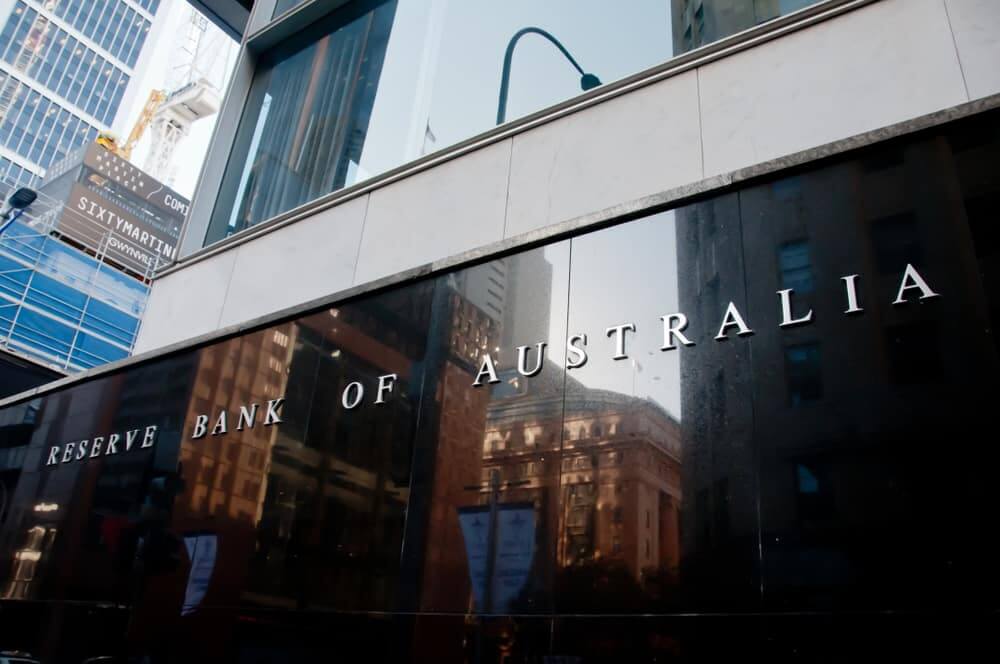
Reserve Bank of Australia (RBA)
The Reserve Bank of Australia is a significant entity in the country’s financial system, playing multiple roles. Primarily, the RBA is Australia’s central bank, with all the authority and obligations that come with that role. Among other things, that means the RBA is the banknote issuing authority for the Australian dollar. It had had this role since its foundation in 1960 when it took over from the Commonwealth Bank of Australia (CBA). That also makes it quite an old institution, preceding many central banks, at least in their current forms.
The RBA has a large degree of independence and authority over its own actions but does report to the government. It also cooperates with other central banks, as well as related local and global financial institutions. The Reserve Bank of Australia consists of two segments, the Reserve Bank Board and the Payments System Board. The former governs monetary and banking policies while the latter controls payments system policies. The structure of the Bank has remained largely the same since its inception, excluding board member numbers.
History
Unlike many other central banks, the RBA has quite a bit of its history saved and stored. Naturally, we won’t dwell on it too much as it doesn’t have a direct link to the Bank’s regulatory role. Still, to understand the entity’s importance, we do need to have at least some insight into its development. As we already said, the RBA took over from the Commonwealth Bank of Australia, but there were some interesting events before that.
Namely, the CBA started operating in 1911 as a culmination of 19th-century prospects of forming a national bank. However, one significant limitation is that the Commonwealth Bank couldn’t print notes. That role was still reserved solely for the Treasury at the time. A significant occurrence during the time the CBA was the reestablishment of the gold standard. It happened in 1925 and applied to both the Australian pound and British pound sterling.
That was short-lasted, as the Great Depression depreciated the Australian pound’s value. At that point, it was no longer equivalent to the British pound sterling and needed to depart from the gold standard in 1932. Further legislation introduced in 1945 regulated private banks and replaced the board in the Commonwealth Bank. Barring some legislative changes, it was mostly calm waters until 1960, when the RBA took over.
Since then, RBA has gained some authority and lost others. The most notable loss was the function of bank oversight. That obligation switched over to the Australian Prudential Regulation Authority (APRA).
The document that dictates the Bank’s current roles and mission is the Statement on the Conduct of Monetary Policy. It was first stated in 1996 and refreshed in 2007 to emphasize transparency and communication.
Securency Controversy
The ‘Securency’ or Note Printing Australia scandal is an event that heavily damaged the RBA’s reputation. The event happened in 2007, and transpired when RBA subsidiaries bribed overseas officials for Australia to win polymer note-printing contracts. In Australia, the primary concern was that none of the people that participated suffered major corrective action. The news coverage of the scandal went well into 2011.
The issue was somewhat reignited in 2014 with a WikiLeaks document. The organization released a court order that would prevent publications from accusing the involved parties of bribery.
Roles and Responsibilities
The RBA has a fairly straightforward set of roles that revolves around maintaining a healthy economic system in Australia. The first responsibility is that it has to keep the country’s currency stable. Secondly, it needs to monitor and encourage employment inside the country. Lastly, its goal is the economic prosperity and welfare of the Australian people.
-
Support
-
Platform
-
Spread
-
Trading Instrument




